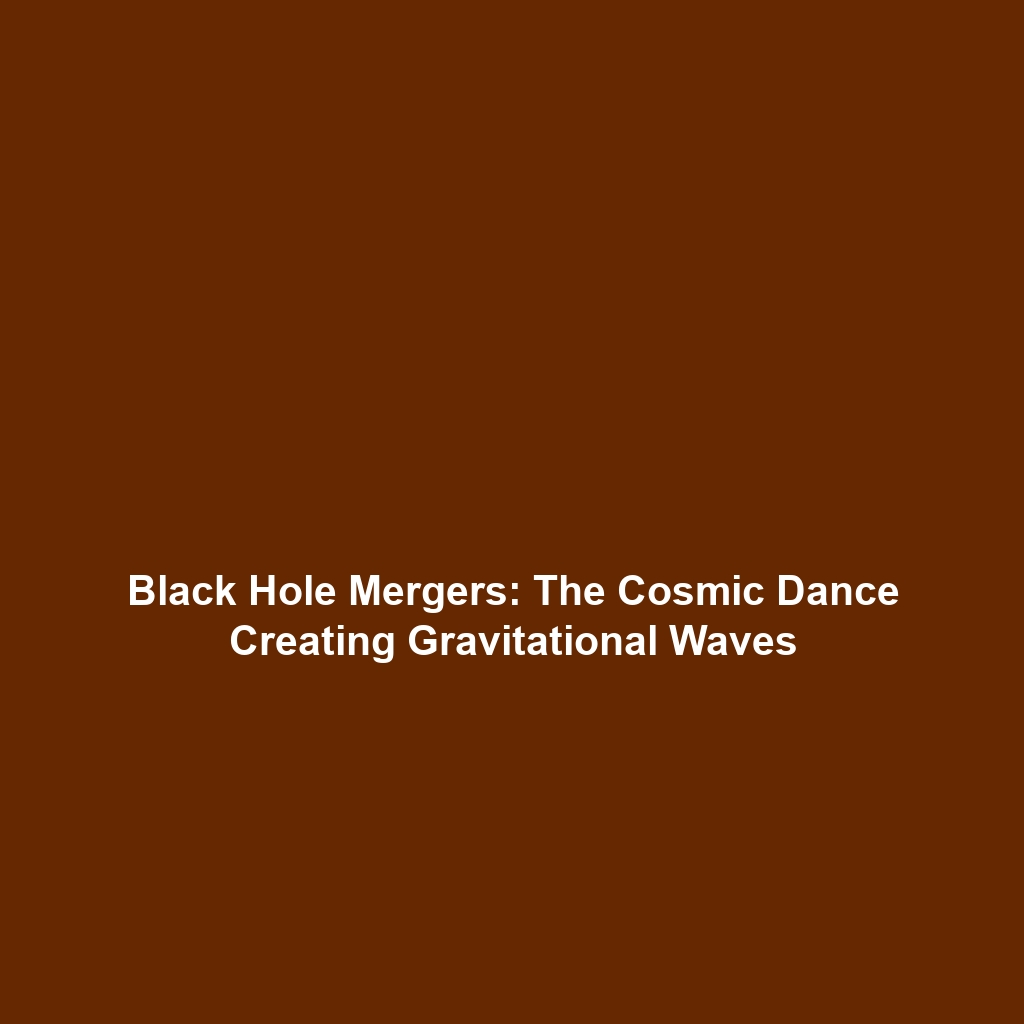<>
Hypothetical Connections Between Black Holes and Parallel Universes
Introduction
The allure of black holes has captivated scientists and enthusiasts alike, serving as a gateway to understanding the universe’s most enigmatic phenomena. Recent theories suggest intriguing connections between black holes and parallel universes, positing that these cosmic giants may be pathways to alternate realities. Such hypotheses not only challenge our existing notions of physics but also expand the horizons of astrophysics, pushing the boundaries of what we know about the universe. This article delves into these connections, exploring their significance in the context of black holes.
Key Concepts
1. Understanding Black Holes
Black holes are regions of space where gravity is so strong that nothing, not even light, can escape. They are formed from collapsing massive stars and can vary in size from stellar to supermassive black holes. The study of black holes is crucial for our understanding of general relativity and quantum mechanics.
2. Parallel Universes: The Multiverse Theory
The concept of parallel universes, or the multiverse theory, posits that our universe is just one of many coexisting universes. This theory stems from various branches of theoretical physics, including quantum mechanics and string theory. Scientists speculate that black holes could create ‘wormholes’—bridges connecting to these parallel universes.
3. Theoretical Implications
The implications of interconnecting black holes and parallel universes reshape our understanding of reality itself, suggesting that every black hole could be a gateway to a different universe, thereby solving certain paradoxes in physics.
Applications and Real-World Uses
Understanding how black holes may connect to parallel universes has several theoretical applications:
- Theoretical Physics Simulations: Researchers use simulations of black holes to test theories around multiverse connections.
- Astrophysical Research: These connections help address questions about the origin of the universe and its potential fate.
- Quantum Computing: Concepts from this field may inspire new algorithms that leverage quantum principles influenced by black hole theory.
Current Challenges
Despite the fascinating nature of the connections between black holes and parallel universes, several challenges persist:
- Observational Limitations: The difficulty in observing black holes directly hampers our understanding of their properties.
- Theoretical Limitations: Existing physical theories struggle to adequately describe the nature of singularities associated with black holes.
- Mathematical Complexities: The equations governing black holes and multiverse interactions are highly complex and not fully understood.
Future Research and Innovations
Future research is crucial for unraveling the potential connections between black holes and parallel universes. Upcoming innovations might include:
- Advanced Telescopes: Development of new observational technologies could enhance our ability to study black holes.
- Quantum Gravity Research: Understanding the interplay of gravity and quantum mechanics may pave the way for breakthroughs in black hole studies.
- Interdisciplinary Approaches: Combining insights from different scientific domains may yield new insights into the nature of reality and the universe.
Conclusion
In summary, exploring the hypothetical connections between black holes and parallel universes not only enriches our understanding of astrophysics but also challenges our perceptions of reality. As research progresses, these theories could illuminate profound questions about the universe’s nature. To stay updated on developments in this captivating field, consider following related topics such as Black Holes and Multiverse Theory.




